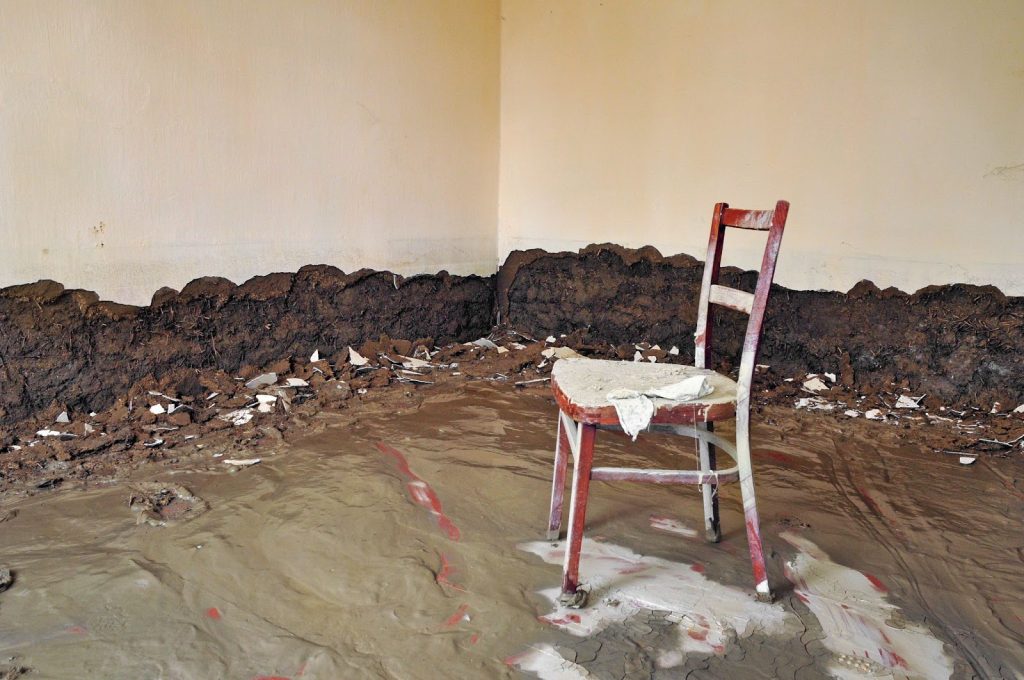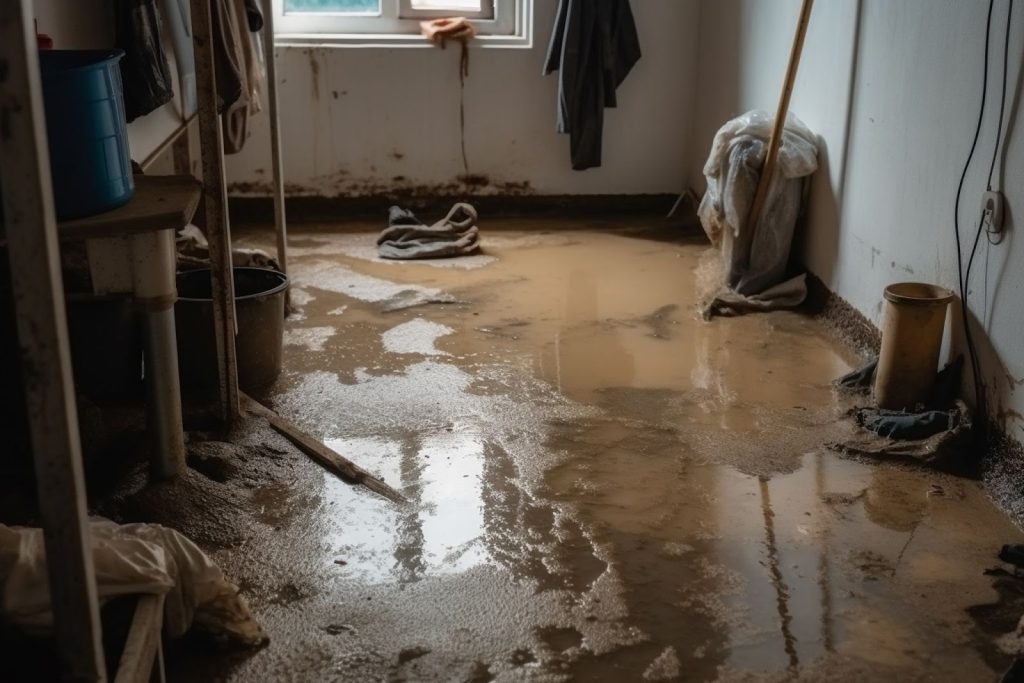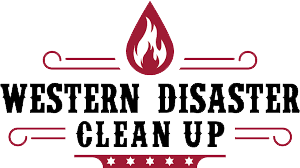If you’re dealing with water damage, you’re probably sifting through flood cleanup companies to help with the project. This process is undoubtedly tricky, tedious, and tiresome, so bringing in the pros is essential. But that doesn’t mean you don’t need to understand the flood cleanup process as the homeowner.
Knowing what to expect during your Utah flood cleanup is wise. A thorough understanding of this situation will help minimize the damage to your property and get your home or business back to normal as soon as possible.
Continue scrolling to learn more.
Flood cleanup Utah: What is water and flood damage restoration?
Water and flood damage restoration is the process of returning the property to its original condition before the accident or disaster. It consists of thorough inspections, tedious extraction, dehumidification, sanitation, and reconstruction.
While water and flood damage restoration does not require certification, it is ideally performed by a licensed and insured specialist equipped with the right equipment and necessary knowledge.
Why is water and flood damage restoration necessary?
One of the reasons why flood and water damage restoration is important is that structural damage could result from the damage, not just a cause. Water, flood, and structural damage are closely connected, and the presence of one often includes the other. Walls, floors, and ceilings may collapse due to water damage.
Ignoring water and flood damage or not taking action quickly enough can also pose long-term risks, like health issues from bacteria, mold, and pests. Minimizing the importance of water and flood damage restoration or delaying its repair endangers the lives of anyone who enters the structure.
What are the common causes of water and flood damage?
Knowing what caused the flood and water damage is the very first step in the repair process. Being familiar with the common causes of water and flood damage will help you quickly locate the source of the issue when inspecting the property.
Common causes of flood and water damage include the following:
- Natural disasters and extreme weather (i.e., hurricanes, heavy rain, earthquakes, fire, tornados, etc.)
- Air conditioning unit condensation
- Broken, old, or faulty household appliances
- Rubber or PVC water supply lines
- Septic tanks and sewer backups
- Clogged drains and gutters
- Damaged sprinkler systems
- Inoperative sump pumps
- Water overflow from toilets
Aside from knowing where to begin looking, a water and flood damage restoration specialist should also know what to look for. Water and flood damage may still be present in spaces unaffected by or seemingly have not been affected by any of the major causes above. Therefore, a restoration specialist needs to be able to spot the signs of water and flood damage right away.
Signs of flood and water damage
One of the most important steps flood cleanup companies take is the ability to spot the signs of water and flood damage.
Here are common signs of water damage:
- Cracks on walls and ceiling
- Warped or swollen materials
- Bubbling or peeling paint
- Sagging or soft areas
- Damp or musty odors
- Puddles of water
- Water stains
- Structural damage
- Mildew and mold

Flood cleanup Utah: Water and flood damage restoration process
Water and flood cleanup companies typically perform the restoration process in five steps. Here are the steps to expect your disaster cleanup crew to take:
- Conduct a water and flood damage inspection — A knowledgeable and trained specialist conducts a water and flood damage inspection or assessment to identify the water source, the water contamination category, and the water damage class.
As mentioned above, the water source is often directly connected to the cause of water damage. However, in some cases, it may still be difficult to identify the source of the issue, even though you know the cause of water damage. For example, flood water may seep into your property through multiple entry points.
Once your skilled specialist identifies and stops the flow of the water source, they can identify the water contamination category:
Category 1 — White Water — White water contains little to no contamination, and water sources often include sinks, bathtubs, pipes, and water heaters.
Category 2 — Gray Water — Gray water has contaminants, and the water source is often dishwashers or washing machines.
Category 3 — Black Water — Black water is hazardous, and its sources could be toilets, sewage, or flooding.
Identifying the water contamination category affecting your property will help your disaster specialist determine the scope and type of decontamination needed later in the cleanup process.
The next part of the inspection and assessment is identifying the water damage class:
Class 1 — Wet porous materials percentage of surface area is less than 5%, and there’s minimal moisture absorption in low evaporation materials.
Class 2 — Wet porous materials percentage of surface area is 5% to 40%, and low evaporation materials have minimal moisture absorption.
Class 3 — Wet porous materials percentage of surface area is more than 40%, and low evaporation materials have minimal moisture absorption.
Class 4 — Wet porous materials percentage of surface area is more than 40%, and there’s significant moisture absorption in low evaporation materials.
Wet porous materials include textiles, carpet, gypsum board, concrete masonry unit (CMU), and fiber-fill insulation. Low evaporation materials include wood, manors, plaster, and concrete. Identifying the flood damage class is essential because it indicates the extent of dehumidification and drying necessary.
- Remove standing water — Removing standing water (also called stagnant water) is done through extraction, and it is especially important when a property has a flooded basement. Extractors include submersible pumps and industrial vacuums.
Once stagnant water is removed, your professional will extract surface water through portable wet and dry vacuums. Your specialist will likely use an infrared thermal camera or moisture meter to uncover hidden areas of saturation below floorboards or behind walls.
- Dehumidify and dry affected areas —Your Utah flood cleanup specialist will also use equipment, such as a heavy-duty fan and commercial-grade dehumidifiers, to dehumidify and dry affected areas. In addition to this heavy equipment, your specialist may open windows and doors to increase air circulation.
The drying and dehumidification process generally takes longer than water removal, especially if your water damage is Class 3 or higher and requires removing parts of floors and walls.
- Sanitize and clean all surfaces — Next, your flood specialists will don personal protective equipment (PPE) such as gloves, rubber boots, goggles, an N-95 mask, and disposable clothing to clean up mold and sanitize the area.
Professionals will use an air scrubber, high-efficiency particulate air (HEPA) vacuum, and other kinds of negative air machines during the sanitation process. If water damage is Category 3, all surfaces are cleaned with an antimicrobial solution.
- Repair and reconstruct — The final step of flood damage restoration includes your specialist removing unsalvageable parts (drywall below the flood line, carpet padding, etc.). Carpets may be deep cleaned but often need to be replaced. Wooden trim may be repaired and reused in some cases but may need to be replaced if the water damage is Category 3 or Class 4.
While this process is complex, following the basic and professional flood damage restoration protocols will ensure a thorough and effective restoration approach.

Flood cleanup Utah: Western Disaster Clean Up is here to help!
If you’re looking at water damage and flood cleanup companies, look no further than Western Disaster Clean Up.
Water damage from roof leaks, overflowing toilets and sinks, and burst pipes can quickly damage your property. If not addressed quickly, this often results in foul odors, structural rot, and issues down the road. Immediate treatment and action are the best way to avoid long-term problems caused by floods, and the professionals at Wester Disaster Clean Up are here to help.
Our trusted and skilled crew has handled thousands of property disasters, such as smoke and fire damage, sewage backups, mold remediation, Utah flood cleanup, and more. Whether your property is significantly damaged by a fire or experiences water damage, our team has the experience, knowledge, and equipment to get your business or home completely restored.
We are here to make your life easier, which is why we are available 24/7 for emergency services and will work with your insurance provider to ensure you get everything you are entitled to under your policy. We prioritize customer service and high-quality work, making quick responses and superior results an expected part of working with us.
Find us across the Wasatch Front and Back and service areas like Provo, Millcreek, Draper, Lindon, Park City, West Jordan, Salt Lake City, and other neighboring areas. Contact Western Disaster Clean Up today to learn more!

